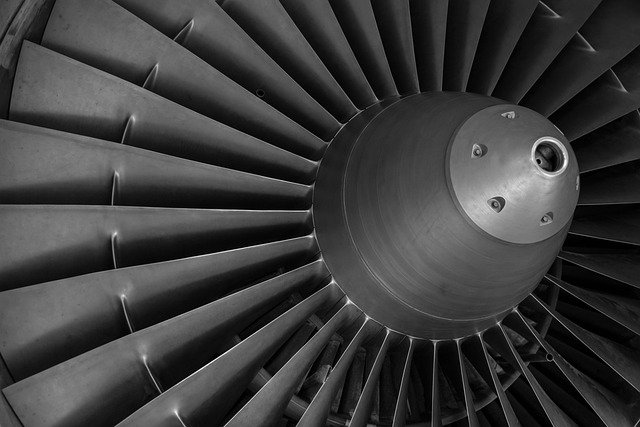Hydrogen-Powered Planes: The Next Frontier in Aviation
In the realm of transportation, a quiet revolution is taking place high above the clouds. As the aviation industry grapples with environmental concerns and the need for sustainable alternatives, hydrogen-powered aircraft are emerging as a promising solution. This groundbreaking technology has the potential to reshape air travel, offering a cleaner, more efficient means of traversing the skies. But what exactly are hydrogen-powered planes, and how might they transform the future of flight?

Technological Hurdles and Innovations
While the concept of hydrogen-powered flight is promising, it comes with its own set of challenges. One of the primary obstacles is the storage and distribution of hydrogen fuel. Unlike conventional jet fuel, hydrogen must be stored at extremely low temperatures or under high pressure. This necessitates the development of new fuel tank designs and infrastructure to support hydrogen-powered aircraft.
Propulsion Systems: Reimagining Flight
The heart of any hydrogen-powered aircraft lies in its propulsion system. Two main approaches are currently being explored: hydrogen fuel cells and direct hydrogen combustion. Fuel cells convert hydrogen into electricity, which then powers electric motors to drive the aircraft’s propellers or fans. Direct combustion, on the other hand, involves burning hydrogen in modified gas turbine engines, similar to how conventional jet engines operate but with significantly reduced emissions.
Economic Implications and Industry Shifts
The transition to hydrogen-powered aviation could have far-reaching economic implications. While the initial costs of developing and implementing this technology are substantial, the long-term benefits could be significant. Airlines may see reduced fuel costs and maintenance expenses, potentially leading to more affordable air travel. However, this shift would require massive investments in new aircraft designs, ground infrastructure, and training programs for pilots and maintenance crews.
Regulatory Challenges and Safety Considerations
As with any new technology in aviation, hydrogen-powered aircraft face rigorous regulatory scrutiny. Aviation authorities worldwide are working to develop new safety standards and certification processes for these novel aircraft. Key considerations include the safe storage and handling of hydrogen fuel, emergency procedures, and the potential risks associated with hydrogen’s flammability.
The Road to Commercial Viability
Several major aircraft manufacturers and airlines are already investing heavily in hydrogen technology. Prototype designs are being developed, with some companies aiming to have hydrogen-powered commercial aircraft in service by the mid-2030s. However, the path to widespread adoption is likely to be gradual, with smaller regional aircraft and short-haul flights serving as early adopters of the technology.
Environmental Impact and Sustainability
While hydrogen-powered aircraft offer the promise of zero carbon emissions, it’s important to consider the entire lifecycle of hydrogen fuel production. Currently, most hydrogen is produced using fossil fuels, which can offset some of the environmental benefits. The development of green hydrogen, produced using renewable energy sources, is crucial for maximizing the sustainability of hydrogen-powered aviation.
Conclusion
Hydrogen-powered planes represent a bold step towards a more sustainable future for aviation. As technology advances and infrastructure develops, we may soon see these aircraft taking to the skies, ushering in a new era of cleaner, more efficient air travel. While challenges remain, the potential benefits to the environment and the aviation industry make hydrogen a compelling option for the future of flight. As we look to the horizon, the dream of emission-free air travel may be closer to reality than we think.





